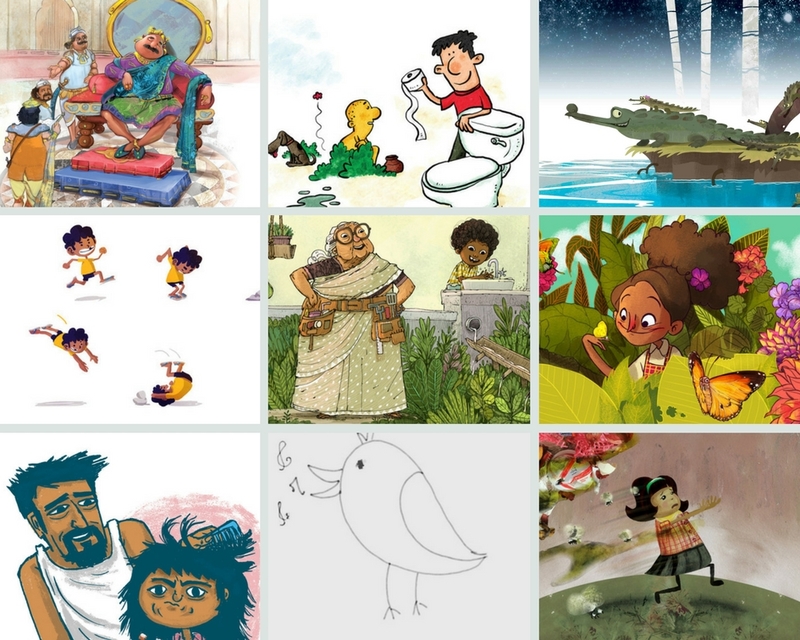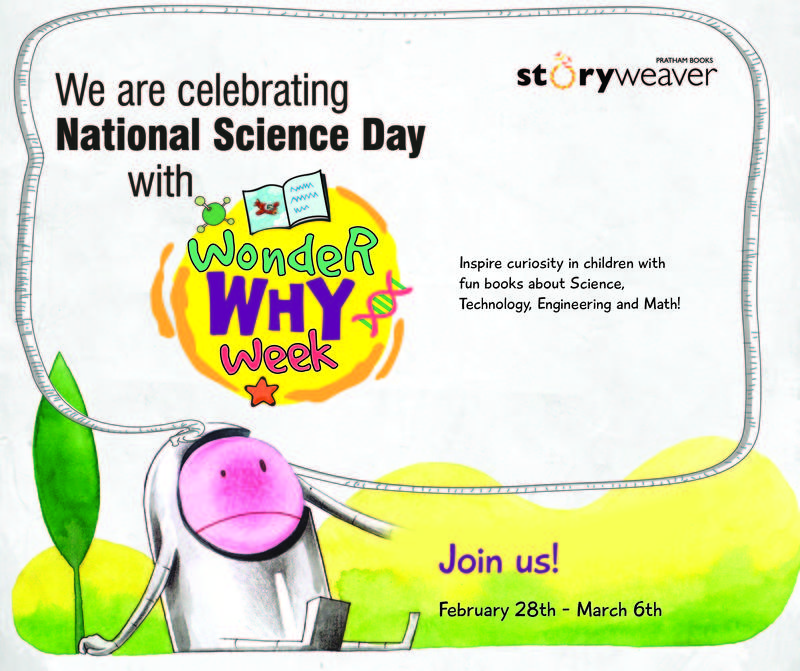Wider Net: Providing access to educational resources
Posted by Remya Padmadas on July 05, 2016The WiderNet Project is a non-profit organization affiliated with the University of North Carolina, Chapel Hill that promotes low-cost information and communication for underserved populations.
The eGranary Digital Library, also known as "The Internet in a Box", is an off-line information repository that delivers over 32 million educational resources to people living in underserved areas of the world. The eGranary Digital Library delivers digital information directly to Web servers inside subscriber institutions, bypassing bandwidth problems. Many subscriber institutions have no internet access or an internet connection experience that is slow, unreliable and very expensive. With the eGranary Digital Library, thousands of people can access the information over their local area networks quickly and at no cost.
The eGranary is already installed at over 1,200 universities, schools, health care centers, and libraries worldwide. They have a huge presence in Africa and India, and in India, they work with a number of organizations, including Samarthanam Trust for the Disabled, Karnataka, Tibetan Children's Village, Himachal Pradesh, AKSHAYA Rehabilitation Trust, Tamil Nadu, Association for Rural Development and Action Research, Vizianagaram and Andhra Pradesh, Blind Peoples Association, Gujarat, India.
Laura Ashcraft, a Digital Librarian at The Wider Net Project, generously took the time to answer some questions for us about the project.
Q: How do you find potential content providers?
Usually what I do is add and organize content for a set of domains (think special libraries) that I manage. I am either actively looking through the Internet or databases, or I stumble across a viable candidate whilst looking for something else. The key is keeping the projects organized. Much of what we seek is inspired by requests we get from subscribers and users.
Q: Do you have any criteria by which you screen content that is shared on the eDigitalGranary? Who does this screening?
Of course, it goes without saying: no pornography, nothing demeaning or incendiary. On top of this:
· Educational (content must add to a user’s knowledge and/or skill level)
· Domain specific (creating a special library, what we call portals)
· Reliable (the source is vetted as either being produced by a professional or the content is well researched)
· Trustworthy (the content is produced by organizations or individuals who stand by their work.)
For example, StoryWeaver presents not only a wide variety of children’s stories, but the stories themselves do not intentionally portray any culture in a negative light. And of course, I always ask myself does this content serve our community in the most beneficial way?
The content is screened by the librarians here at the WiderNet. If we have a question (content too provocative, is there a broader bias which makes us uneasy, might there be another site that has similar content, etc.?), we consult with our librarian colleagues at UNC or professionals in the respective fields.
Q: Do you customise content on the digital eGranary based on the organisation (school, college etc.) or based on geographical location?
We customize content as per organization request. Not by limiting or subtraction, but by highlighting information that meets a particular group’s needs. This usually means we create a portal and organize existing content within the eGranary around those specific categories. We also actively acquire new content from site providers. Sometimes our volunteer librarians express an interest in a subject we have not explored and they build a portal based on this interest.
Q: Do you have a system by which you can track the number of reads/downloads etc of content on a digital granary? Do you ever look at or analyse this data?
Occasionally we get Apache server logs from our subscribers. We then learn about “hits” (how many times a page is visited or a document downloaded.) Given that most of our subscribers don’t have an Internet connection, this can get awkward.
Q: How often is content on a digital eGranary box updated to keep it relevant?
About twice a year we update the collection that goes out the door. Some organizations purchase an updated drive every couple years, others run the drive until they die. (The medical school in Liberia had theirs up for nine years!) However, subscribers can update the collection by adding their own content on-the-fly.
WiderNet’s latest project is the Pocket Library project. These are chip-sized libraries for specific populations. An Ebola Pocket Library the organisation created in 2015 made them realized the potential application of the "library on a chip" concept.
Q: The Pocket Library sounds like an amazing idea. Could you share details about its progress?
The last pocket library we built was called Girls Can Code – Ethiopia. With the help of our colleagues in Durham NC and Ethiopia we developed a curriculum to teach 40 high school teenage girls about ICT, from building a physical computer, understanding Windows and software application, creating their websites, and finally programming. The librarians’ job was to help develop the curriculum, acquire the resources both in the eGranary and without, and build a website for the project. We had technical staff work on the scraping and troubleshooting and all the other myriad things that must be done to get the content to work as it does on the live internet. This is no small job, but it is incredibly satisfying to know that these USBs are going to be used and kept as a resource for continued education and growth. You can read about that here and here.
WiderNet is in the process of ‘scraping’ the StoryWeaver site to include on their eGranaries. ‘Scraping’ is the process of essentially copying a site. The trick is to get all the functions to work offline as they do online.
Watch this space for updates about StoryWeaver on eGranaries. You can follow Wider Net on Twitter @WiderNetProject
Be the first to comment.Top Reads of 2017!
Posted by Remya Padmadas on December 26, 2017
StoryWeaver is Celebrating National Science Day
Posted by Remya Padmadas on February 28, 2016Why do bees buzz? How far is the sun from the earth? How long does it take for a forest to grow? Do robots have feelings? Why do I look like my grandmother?
Exasperating, exhausting, invigorating - a child’s curiosity can be any of the above and all of the above. As the adults in their lives, it’s up to us to set them on the path to discovering the answers to their questions.
February 28th is National Science Day in India and StoryWeaver is curating a week-long celebration of curiosity and learning with a collection of non-fiction books that touch upon Science, Technology, Engineering and Mathematics (STEM) to mark the occasion.

While there's plenty of great fiction being published for children in India today, there is still a dearth of simple, compelling non-fiction for young readers. Pratham Books' StoryWeaver has created 20 non-fiction, digital first books across 10 languages, equalling a total of 200 books under a grant from the Oracle Giving Initiative.
While the aim of each book is to inform and educate, the idea is also to nurture the innate sense of wonder in children and in turn, encourage them to explore further. “Through these information books, we attempt to inspire curiosity in children about a range of non-fiction themes and help them engage with it in fun and memorable ways.” shares Yamini Vijayan, Content Manager, StoryWeaver.
To create these books, StoryWeaver brought in Guest Editors like popular children’s author Roopa Pai, environmental writer Bijal Vachharajani, renowned author Payal Dhar and editor Vidya Mani who was a founding member of Bangalore-based Bookalore. Their in-depth knowledge about certain themes and more importantly, passion for making the information appealing to young readers were an integral part of the process.
You can read more about the books and how you can take part in the celebrations on the StoryWeaver website, here.
Tune in to the StoryWeaver blog for fun activities to try with children and guest blog posts by editors, authors and illustrators! See you online!
Be the first to comment.